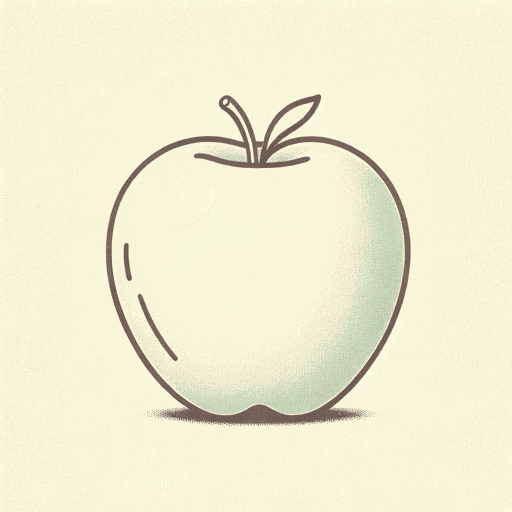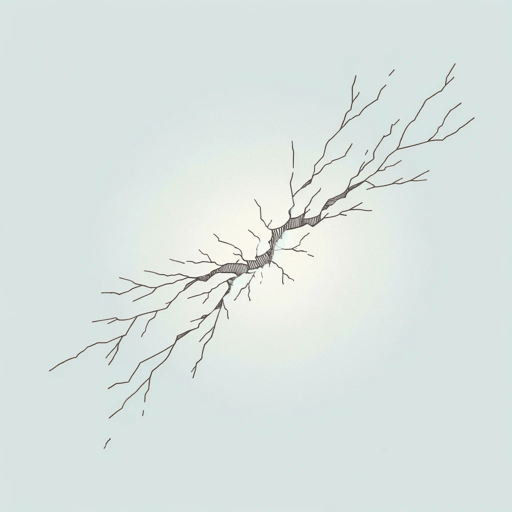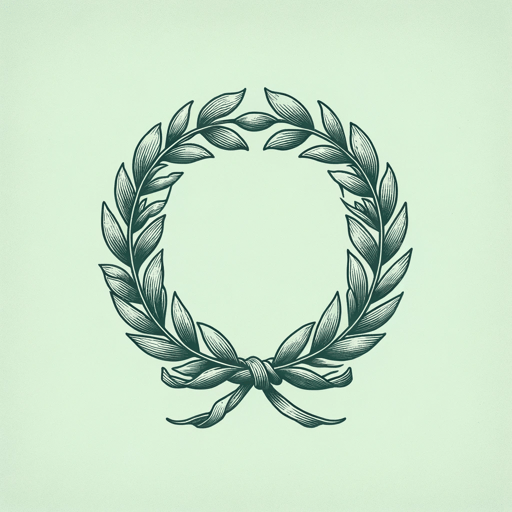27 pages • 54 minutes read
John MiltonLycidas
Fiction | Poem | Adult | Published in 1638A modern alternative to SparkNotes and CliffsNotes, SuperSummary offers high-quality Study Guides with detailed chapter summaries and analysis of major themes, characters, and more.
Symbols & Motifs
Shepherds and Their Pipes
In pastoral poetry, shepherds symbolize the innocence and simplicity of rural life. They tend to their flock from morning until night. In this idyllic setting, they play their panpipes (also known as flutes). Thus, Lycidas and the swain used to play “rural ditties” (Line 32) that were “Temper’d to th’oaten flute” (Line 33). The nature spirits loved to dance to the tunes, and even the trees enjoyed the shepherds’ “soft lays” (Line 44).
The playing of the pipe is a symbol for writing poetry: “[N]ow my oat proceeds” (Line 88), the swain states later, as he returns to his pastoral theme in song. Pipes are mentioned again by St. Peter, but the “shepherds” he is referring to symbolize the bishops of the church who abuse their offices, so their pipes make an unpleasant sound that offends the ears: “their lean and flashy songs / Grate on their scrannel pipes of wretched straw” (Line 124). (“Scrannel” means harsh or unmelodious.) These shepherds are the opposite of the good shepherds and their joyful ditties.
Seawater and Freshwater
It is not surprising, since Lycidas drowned at sea, that water imagery is a recurring motif. Milton makes a clear distinction between the turbulent, dangerous seas that took Lycidas and the life-promoting freshwater springs that inspire the poet.
Related Titles
By John Milton

Areopagitica
John Milton

Comus
John Milton

On the Late Massacre in Piedmont
John Milton

Paradise Lost
John Milton

Paradise Regained
John Milton

Samson Agonistes
John Milton

When I Consider How My Light is Spent
John Milton

